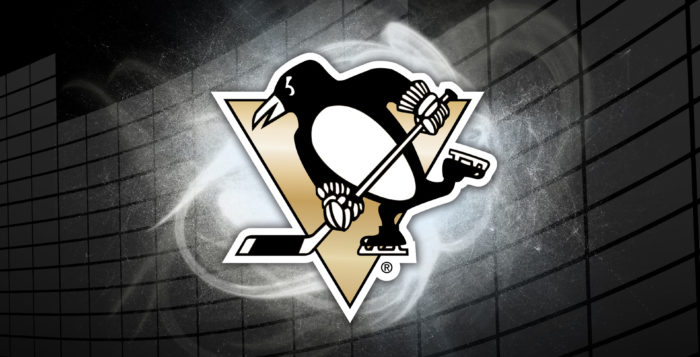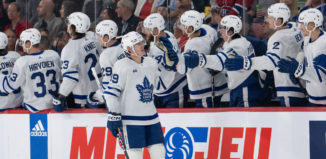HBK Line Leading the Way for the Penguins in the Postseason
The line of Carl Hagelin, Nick Bonino and Phil Kessel, which is now known as the HBK Line, was put together late in the regular season by Mike Sullivan and had instant chemistry for the Pittsburgh Penguins.
Sullivan put the line together on March 13, a span of 37 combined regular season and playoff games, in which they have scored 36 goals, tallied 60 assisted and have 96 total combined points. The HBK Line is a good combination of speed (Hagelin), grit (Bonino) and scoring (Kessel). They can play a variety of ways including using their speed and skill, grinding it out along the boards, getting in on the forecheck and if a linemate is open someone will get him the puck.
The line was expected to produce, maybe not at this pace, but their defensive play has been on display during the playoffs as well. Sullivan hasn’t been afraid to use the line against the opposing team’s top players because “of the awareness of the line at both ends of the ice.” The HBK Line has seen some time up against Joe Pavelski, the Sharks’ leading goal scorer in the postseason, and have kept him off the board through four games of the series. Bonino and Hagelin also play on the penalty kill so there was no problem getting them to play in their own line, but Sullivan has really gotten Kessel to buy in to his system. They force the opposition’s top lines to defend because of the offensive threat and the speed of the line.
The HBK line has a good balance of speed, work ethic and offensive zone ability. They can shutdown opposing lines by spending most of the shift making them defend in their own end by cycling the puck, winning board battles and finding the open man for the scoring chance.
Carl Hagelin is the speedster of the line but he also has good defensive instincts. He can use his speed in the offensive zone to get to those loose pucks and keep the play alive or use it to get away from everyone else for a breakaway chance. Hagelin can also use that speed of his to be the first one in on the forecheck and find the open ice. His qup knead helps in the defensive zone because, again, he can use it to get to loose pucks to either clear the zone or get back to make a play after being beat.
Nick Bonino is a solid two-way player that can come up big with the game on the line. He isn’t afraid to get in the passing or shooting lane to breakup a play. The center will get in on the forecheck and battle for the puck in the offensive zone. He won’t put the puck in the back of the net as much as the other two forwards, but he’ll set them up with his vision on the ice. Bonino will do the little things in the defensive zone like block shots, win face-offs and make the smart play.
Phil Kessel has probably played the best hockey of his career this season. He is the main goal scorer and point producer on the HBK Line. He can distribute the puck and put it in the back of the net. It helps that he doesn’t have the spotlight on him in Pittsburgh like he did in Toronto so he can just go out and play without having most of the pressure on him. Kessel isn’t the best defensive player in the world, but he is playing at both ends of the ice for the Penguins this postseason.
A major reason for the success of the Penguins this season, but especially in the postseason, has been the emergence of the HBK Line at both ends of the ice.














